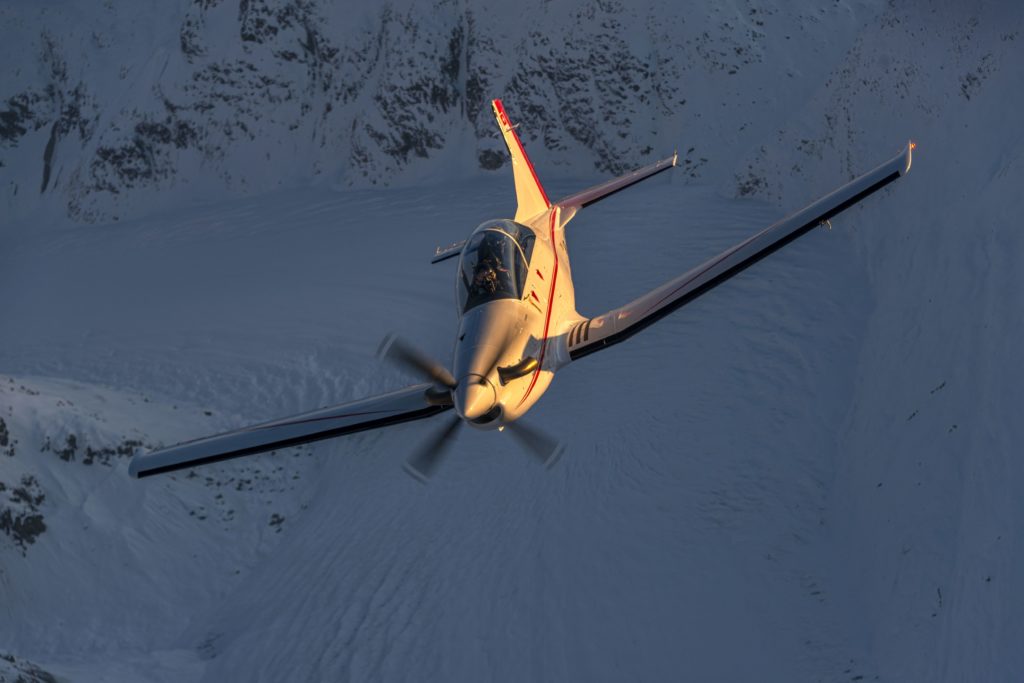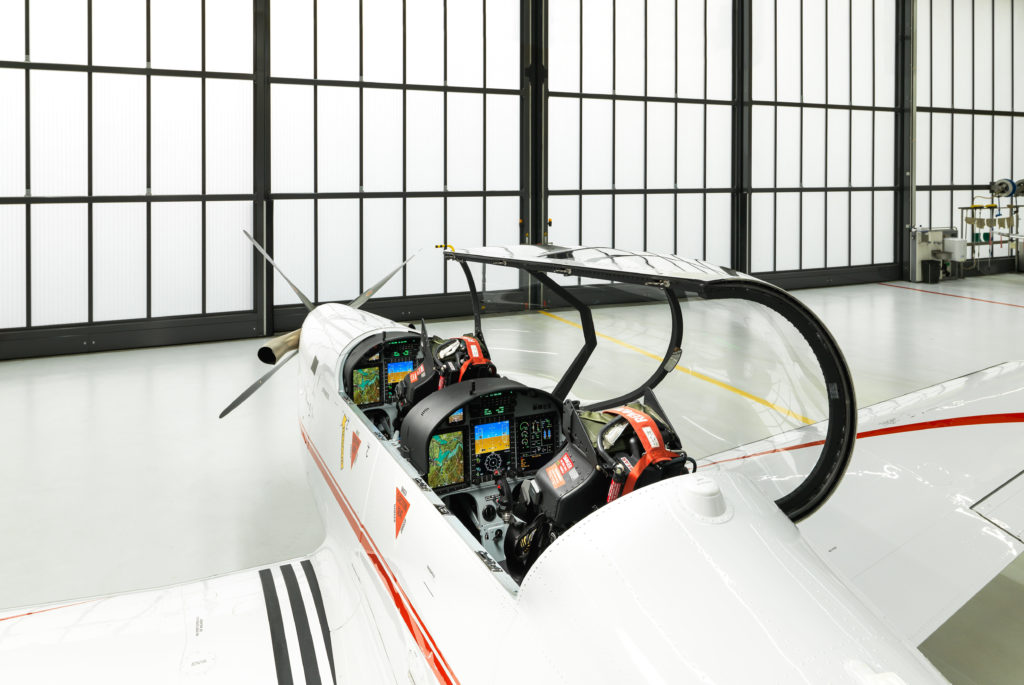Estimated reading time 4 minutes, 35 seconds.
Pilatus Aircraft has confirmed that its PC-7 MKX will be offered alongside a suite of high-tech training infrastructure. The aircraft, announced at the Dubai Airshow in November 2021, is aimed at replacing the PC-7 MkII, which has been widely used for basic military flying training for over 40 years.
“The PC-7 MKX combines the airframe and engine of the PC-7 MkII with a new avionics suite and cockpit displays that transform the aircraft into a 21st century ‘smart’ trainer,” said André Zimmermann, VP of government aviation at Pilatus. “But the most significant changes are associated with the avionics systems and GBTS (Ground Based Training System) developments.”

Zimmermann explained that Pilatus is incorporating XR (eXtended Reality; encompassing Virtual and Mixed Reality technology) into its training ecosystem that will be offered to support the PC-7 MKX, with recent technological advances in this area allowing Pilatus to retain the cost-effective selling point of the PC-7 platform.
“Our use of Commercial Off The Shelf (COTS) rendering engines and mixed-reality headsets allow us to limit cost to the end user,” he said. “And bespoke hardware is no longer required for our specific application.”
These novel approaches to synthetic training are currently limited to procedures and computer-based training applications, but Zimmermann explained that these technologies could already replace more costly existing visual imaging technologies. These new methods can be packaged within a Training Management System for self-paced or instructor-led training.

“We are able to offer ‘ready to train’ and tailored courseware packages for military flight academies,” he said. “The aircraft, GBTS, and integrated logistics support offer a ‘one-stop-shop’ solution to train both student pilots and maintenance personnel.”
Pilatus is confident in its PC-7 airframe to deliver the ‘stick and rudder’ skills necessary to fly military high performance aircraft. However, as fifth generation fighter aircraft proliferate, the cost of their acquisition and operation means that for some nations, reducing the cost of training could directly support their front-line capability aspirations.
The MKX appears to be a major effort by Pilatus to offer a cost-efficient solution for nations needing to fulfill the potential of their newly acquired fighters.
While increased use of synthetics for procedures training might not directly reduce training hours, increased aircraft familiarity can reduce the failure rate and the likelihood of accidents. Using COTS technology also allows Pilatus to reap these benefits without a costly and complex research and development effort.

“The MKX program transforms the aircraft into a 21st Century ‘Smart’ trainer that will smooth [student pilots’] path to advanced training in front-line aircraft,” said Zimmermann.
The PC-7 MkII has long represented a winning formula of capability against cost for Pilatus. Now, the company is seeking to apply that formula to a modern training methodology with the MKX.








